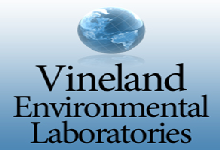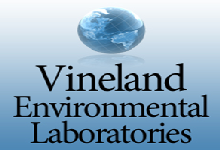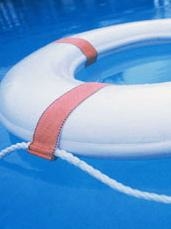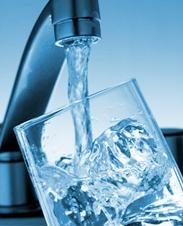We can quickly and effectively determine the nature of contamination, it extent and severity and any adjacent areas that will be impacted, and then tailor remediation solutions that are compliant and will restore the environment.
On a basic level, a wetland is defined as a place where the ground is wet, but there’s a lot of variation in there. Wetlands are often classified depending on the type of plants that grow there, which is determined by how quickly the water flows through the wetland.
Borehole logs provide a wealth of information related to a specific bore for a well or investigative purposes to evaluate water quality and the physical properties of underground rock formations such as rock composition, stability and permeability.
One of the goals of environmental engineering is trying to strike or maintain a balance between human needs and the preservation of the environment and ecosystem. The prevailing philosophy is that it is a symbiotic relationship with both groups caring for and benefitting from each other.
We recognize that what one person considers a relatively low level of mold in the air could be a health crisis in the making for someone else. Whether you’re only concerned about the most toxic substances or you want a full report of what you’re breathing at home, we’re always ready to help.
When it comes to implementing greener practices into your organization, consulting with an environmental engineer can make a big difference. They can help you develop programs for pollution prevention or environmental quality improvement or remediation.
Wetlands serve multiple, important, purposes including flood prevention, restoration of water supplies, cleaning contaminated water, providing a habitat for fish and other types of wildlife, and opportunities for recreational and educational activities.
You may be surprised to find an archeologist as part of an environmental testing team. When evaluating a site, there may be a need to balance the needs of the client with cultural resources.
If you begin your project in a wetlands area without proper permitting and authorization, even accidentally, there are not only severe penalties, but all work must stop and permits cannot be awarded until the legal system has run its course. Use our services to make sure you are not encroaching on protected areas.
So what exactly does a mold inspection involve? The inspector will conduct a visual inspection of all interior areas, including those where there is visible water/mold damage. In addition, he or she will use moisture detection equipment and thermal imaging to identify any potential moisture sources.
There are several purposes of an environmental impact assessment. This helps aid the decision process for individuals and companies concerning the consequences of development, as well as promoting sustainable development by identifying solutions for potential issues.
What is asbestos? There are six types of fibrous silicon-based minerals classified as asbestos. Five (actinolite, amosite, anthophyllite, crocidolite and tremolite) have long, strong, and stiff fibers. The sixth, chrysotile, is composed of softer, more flexible, and less hazardous fibers.
Many construction projects are going to have a variety of impacts, including traffic, social, ecological, or even noise impacts. But that doesn't stop an environmental engineer. They'll carefully design mitigations specifically designed to address every impact and minimize negative results.
Sediment sampling can be used as a tool in the evaluation of the effectiveness of pollution source controls. Here, discrete vertical sampling can be used (if the sediments haven’t been disturbed) or via the reproduction of earlier sampling efforts.
We all know that animals and species can be endangered, but did you know that environments can be endangered, too? An endangered environment also threatens all of the animals in it, which is why it’s vital that we preserve the endangered wetlands.
In most cases, much can be learned about soil structure by inspecting series of readings to increasing depths. Using soil resistivity readings, for example, trends in corrosivity can be tracked from the surface to varying depths.
Sediment bioassay samples can be used to determine if there is toxicity within representative aquatic organisms as a result of contaminated bulk sediments. These samples are usually collected within the top 10 centimeters of the surface for minimal disturbance.
For an area to be designated a wetland, hydrophytic (or water loving) vegetation has to grow there. Wetland plants tend to have very spongy roots, which allow the movement of oxygen from the leaves to the roots despite the anaerobic conditions present in the soil.
Ground penetrating radar (gpr) is an effective tool for locating materials within a concrete structure, especially slabs. Access from only one side is needed, and it can detect the depth of the concrete and the location of materials encased in the concrete.
Waste water treatment technologies include utilizing of a variety of systems, such as a clarifier system that removes solid and floating materials and a treatment system that includes a combination of a number of systems such as an aeration basin, flocculation (clumping), sedimentation, sludge, biological nitrogen removal, and disinfection process systems.
Radon is a naturally occurring gas, but radon gas concentrations in indoor air can rise to unhealthy levels because of the airtight construction of many of our homes and businesses. Fortunately, annual radon tests can measure the amount of indoor radon concentrations.
Environmental engineering is one of the oldest community improvement disciplines humans have developed, both informally and formally. When early settlements made conscious attempts to move garbage and waste away from living areas, it was the early stages of this science.







